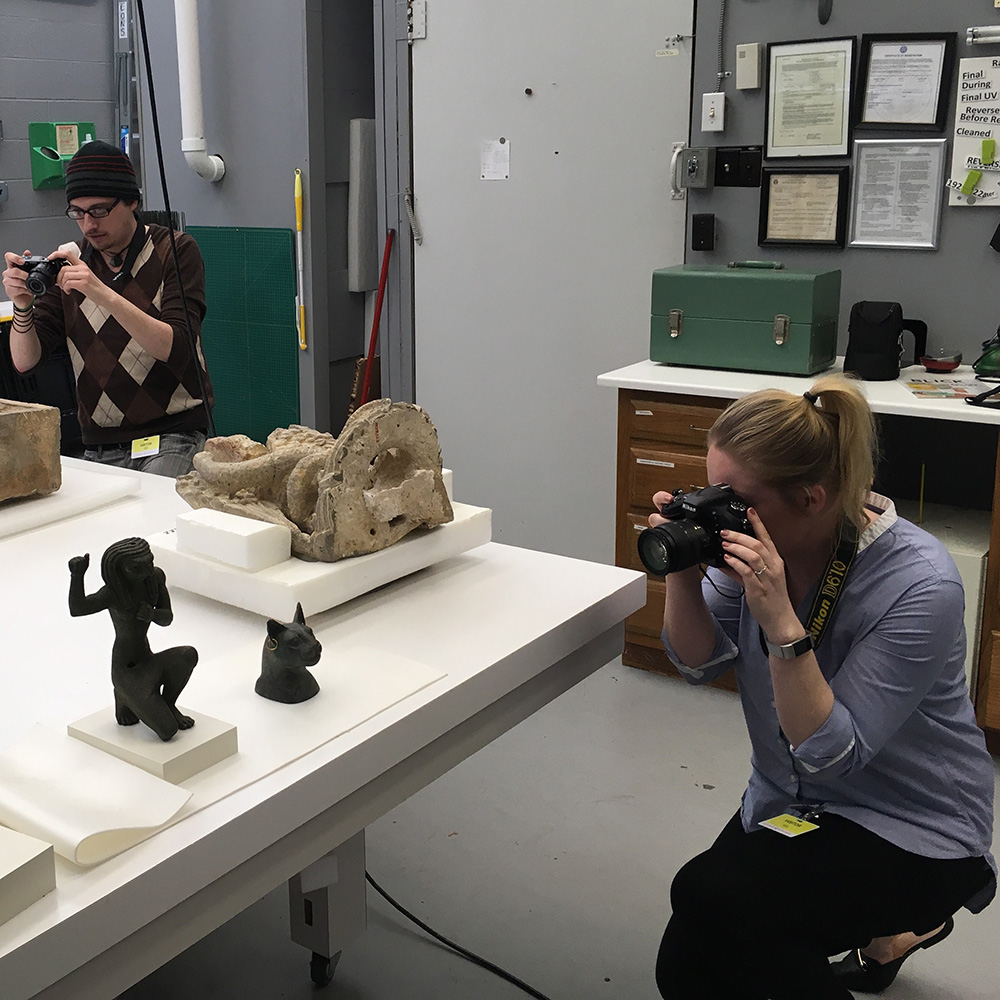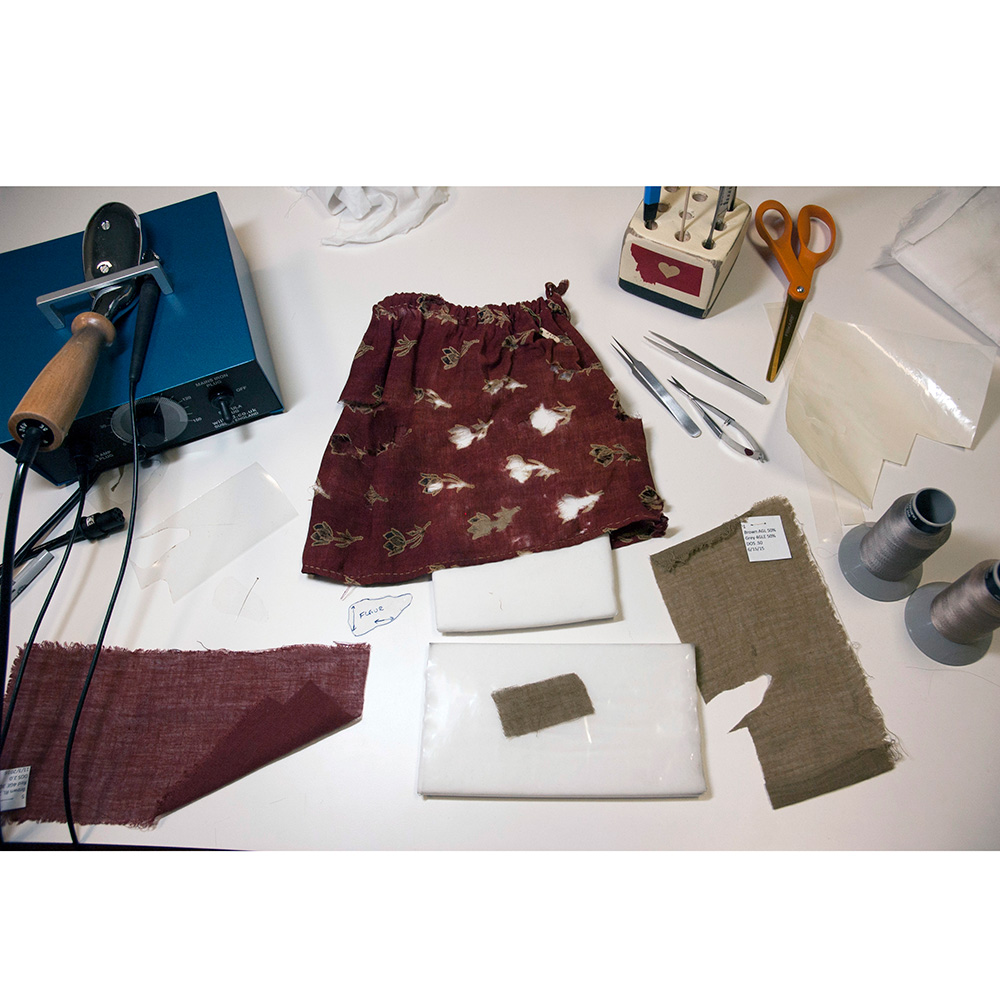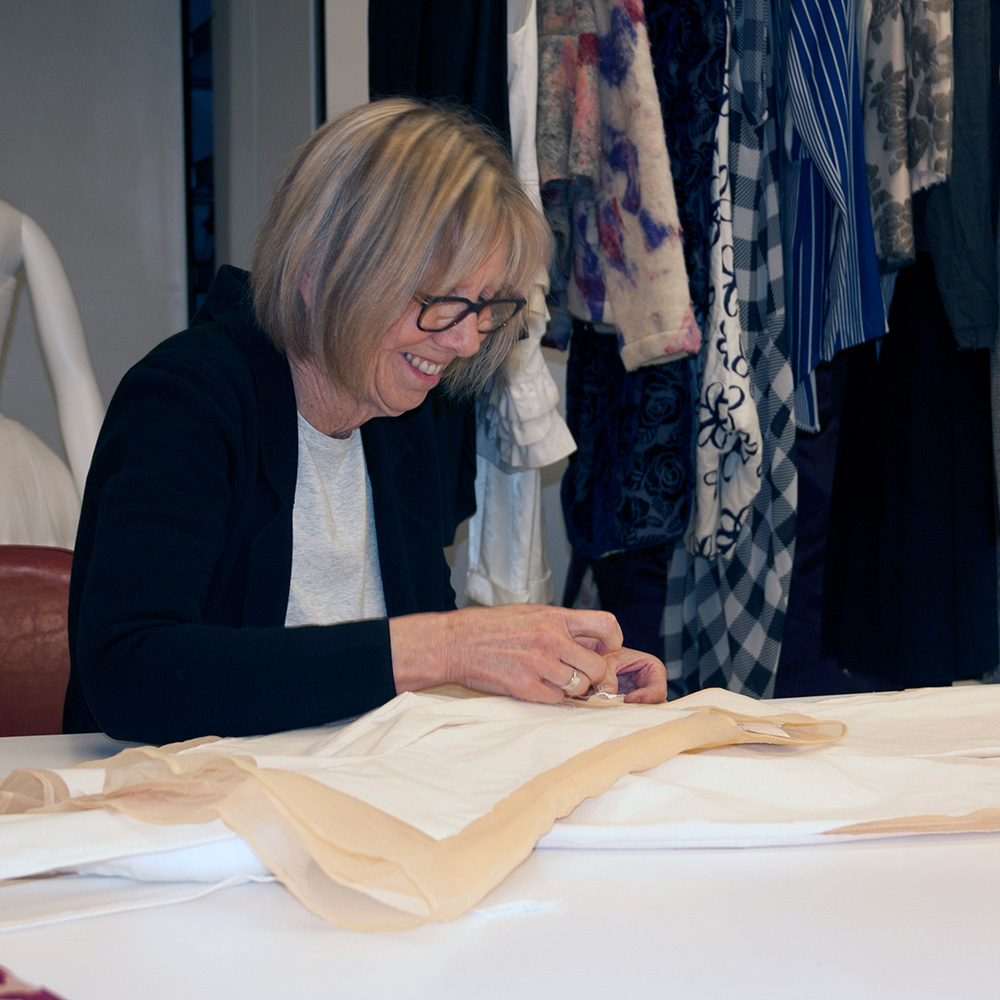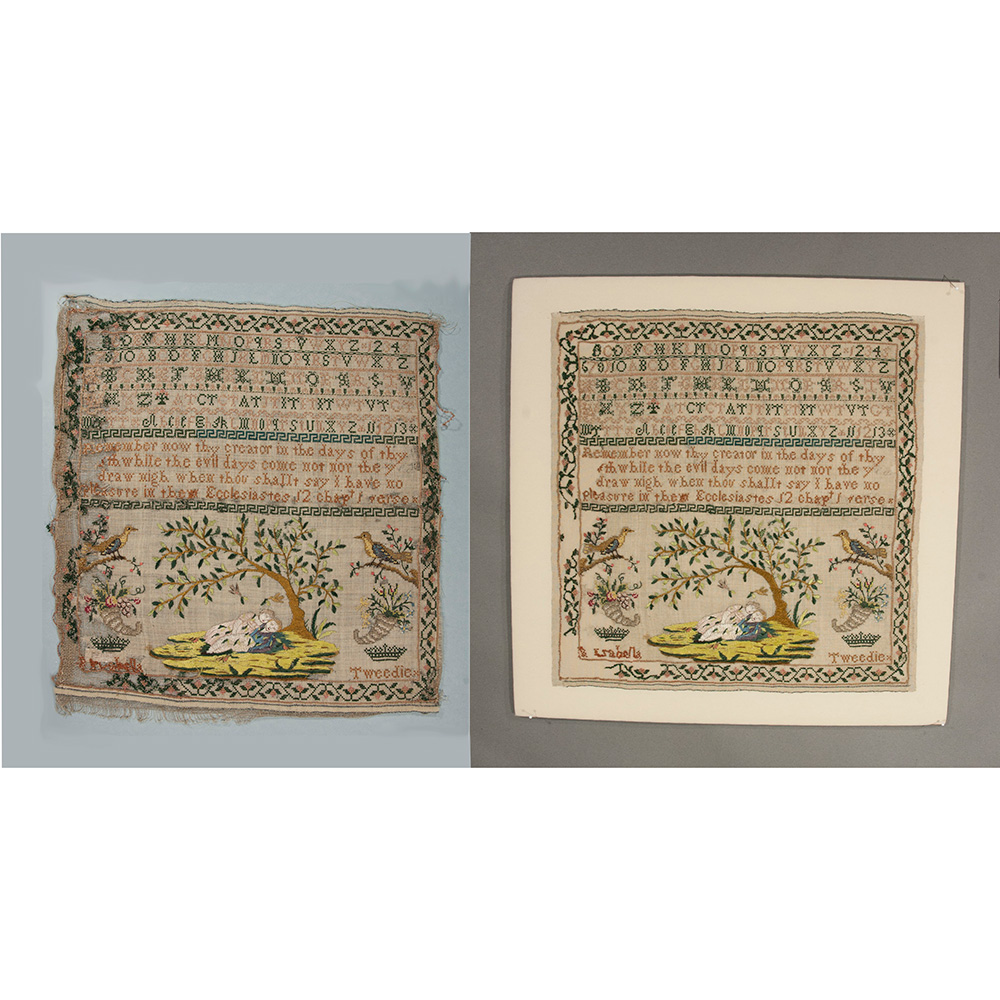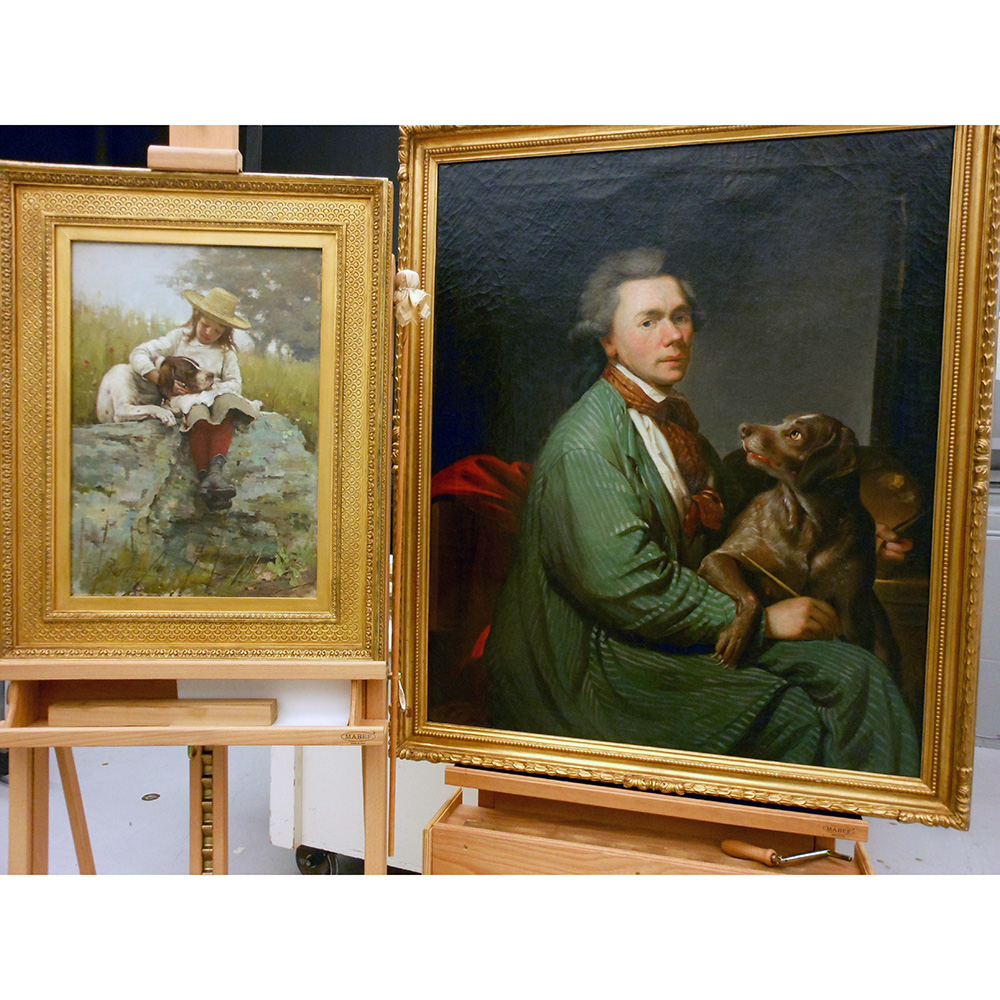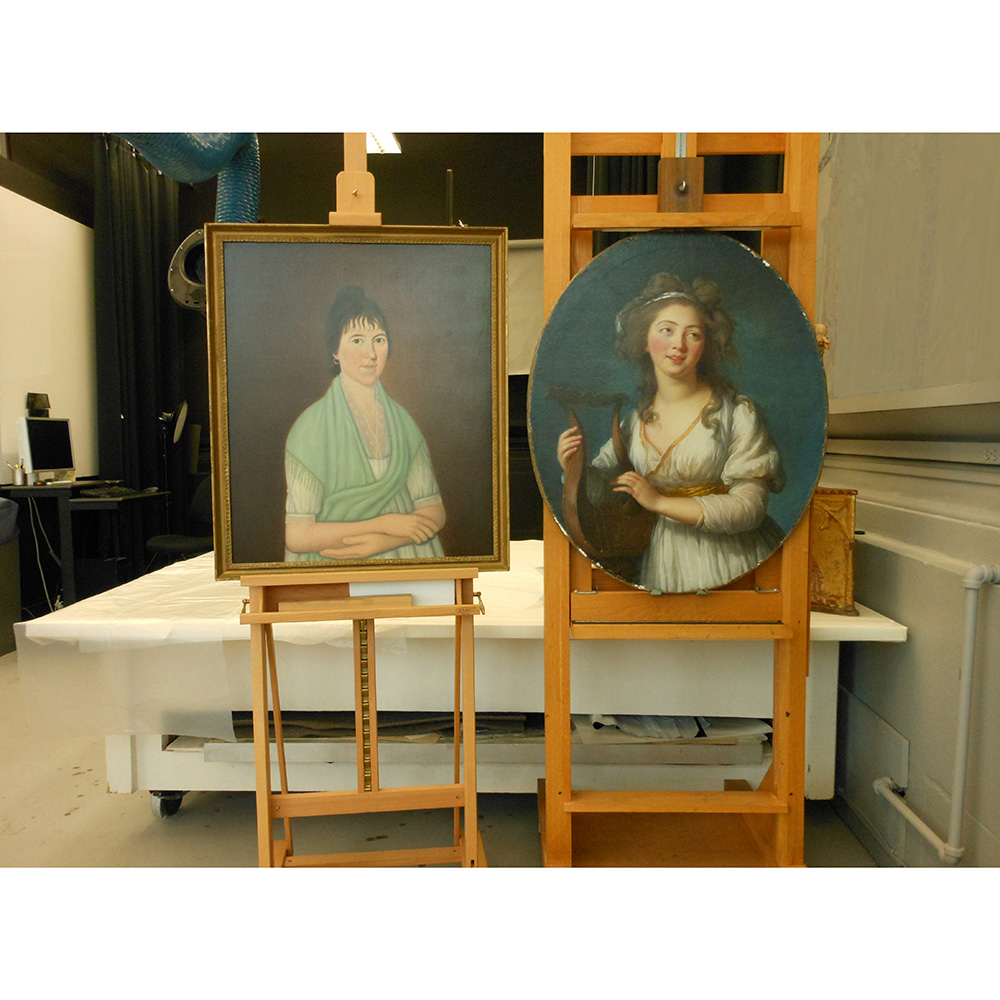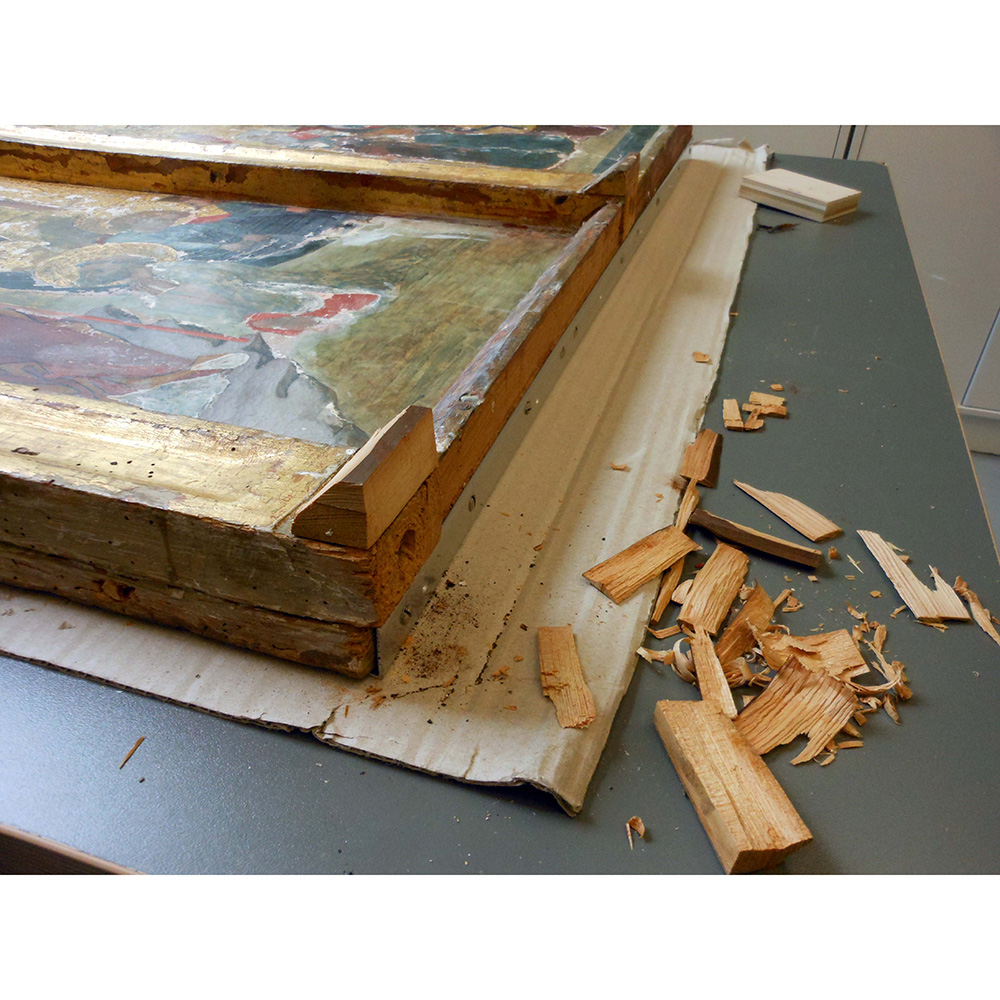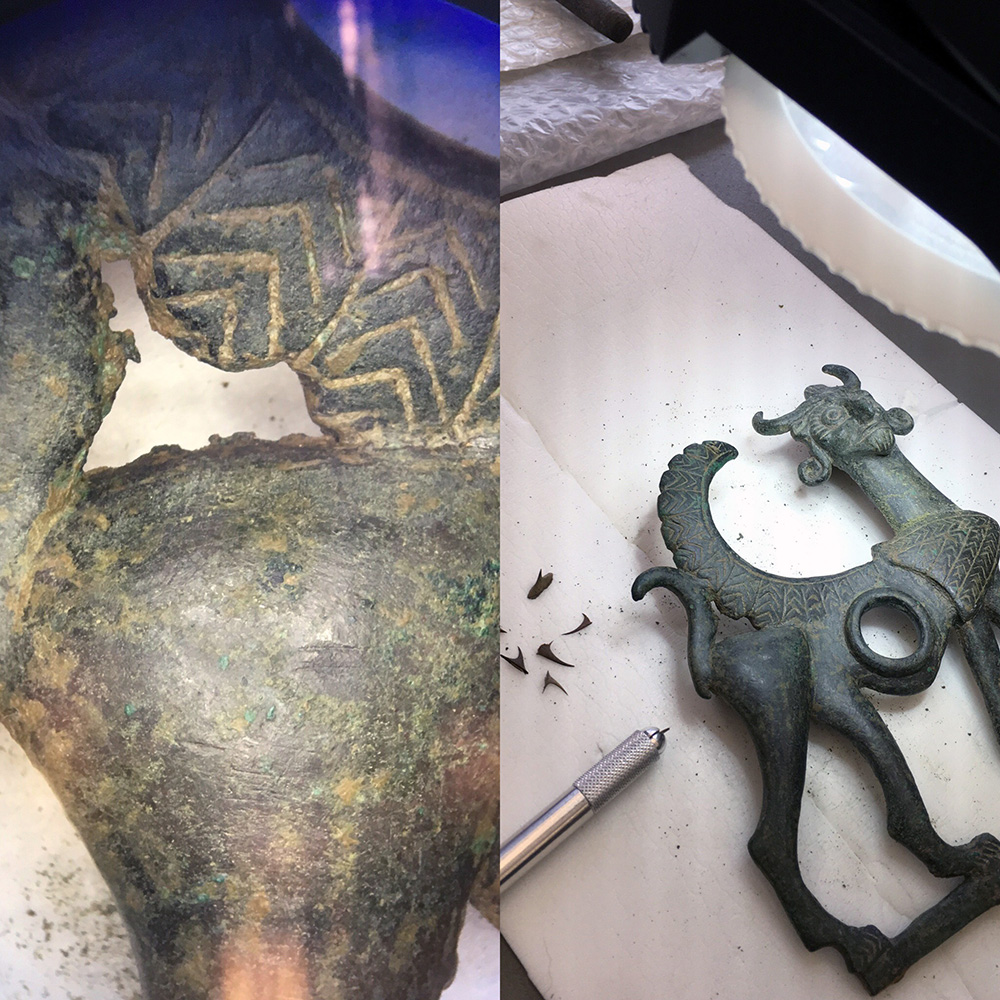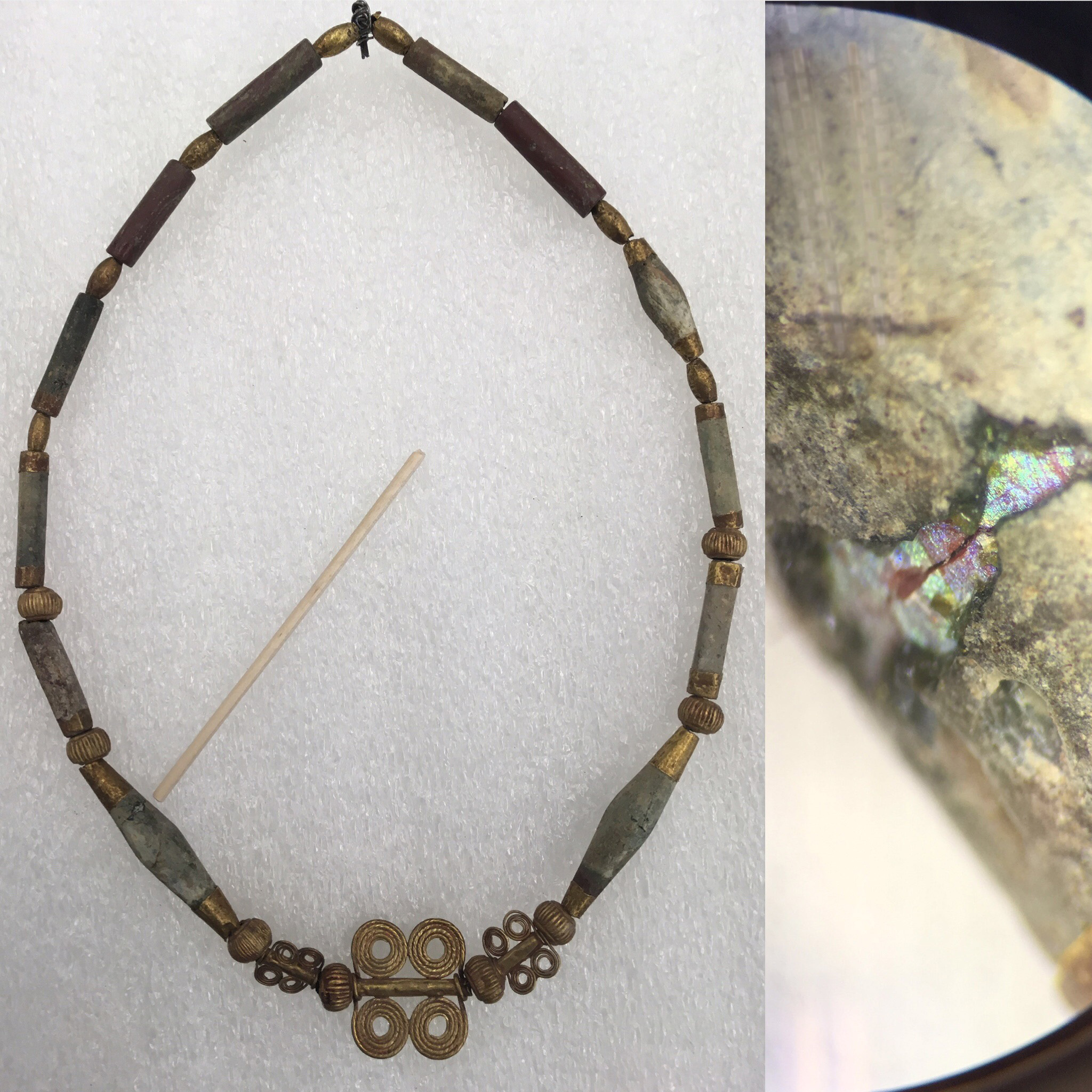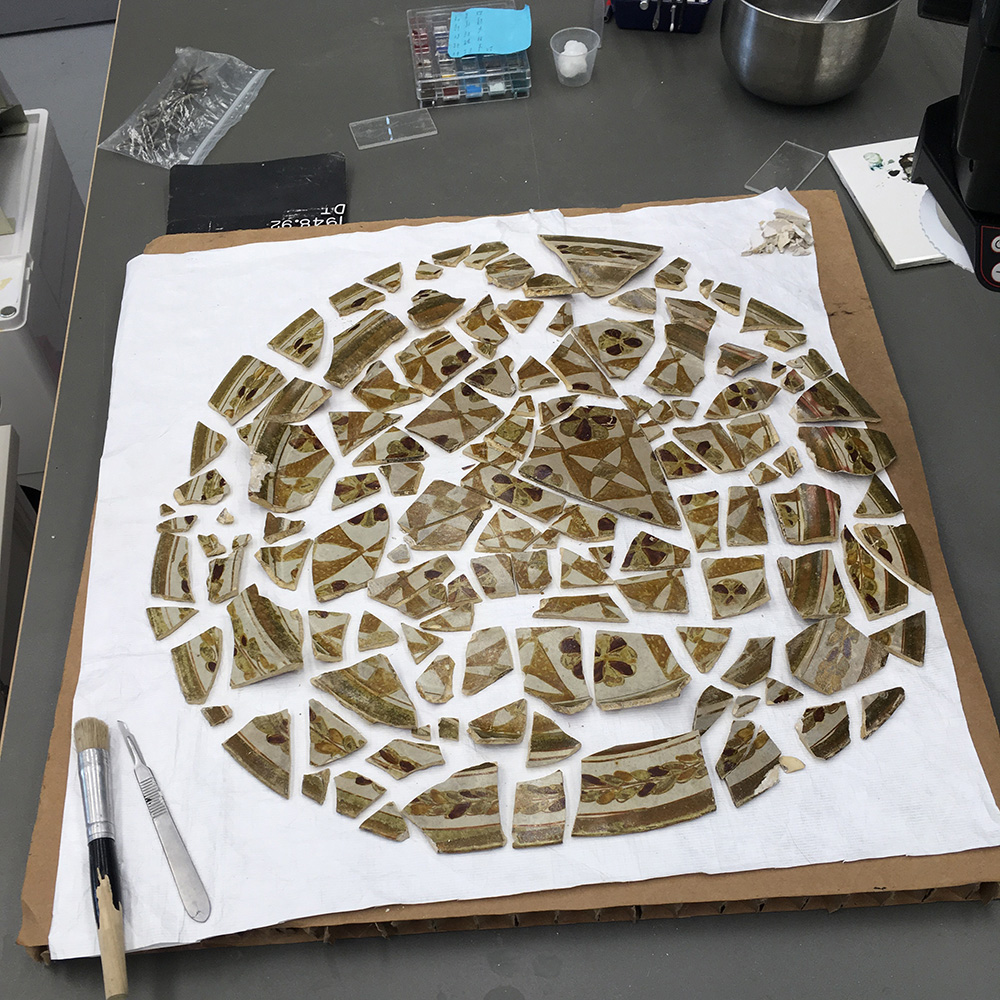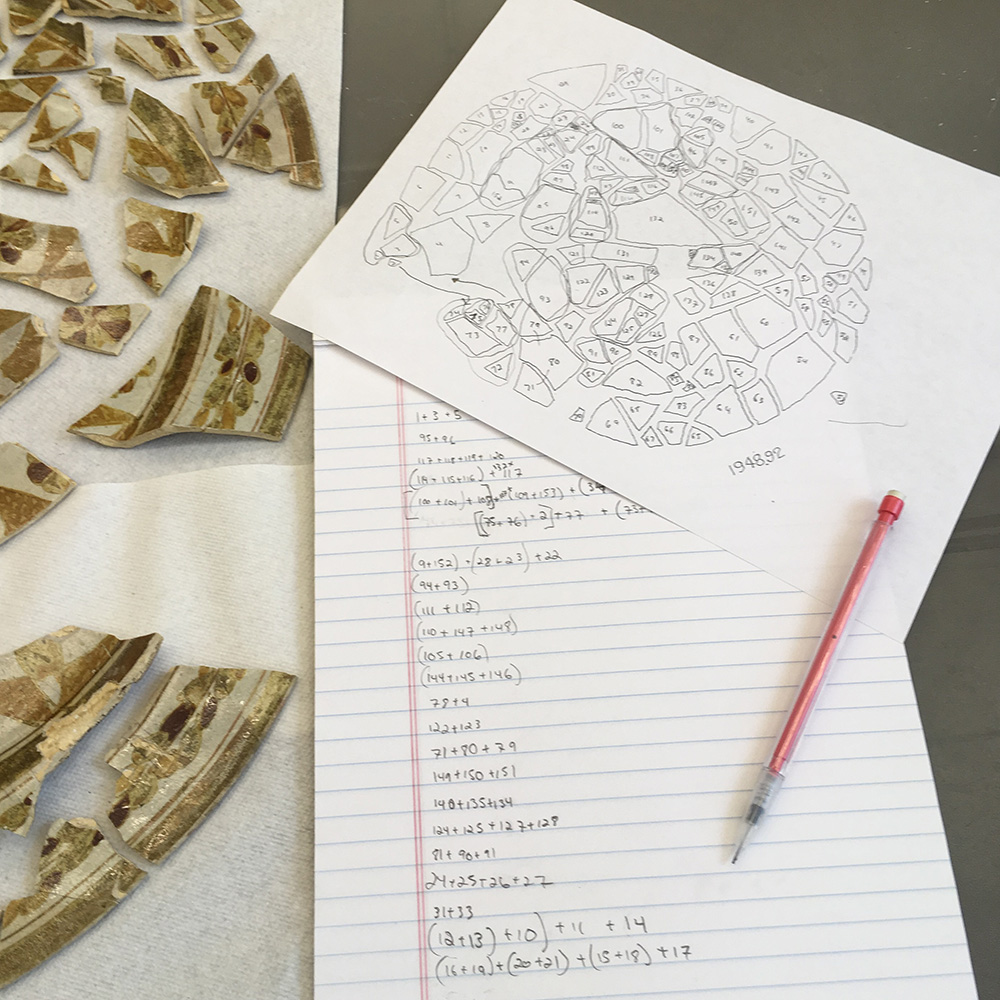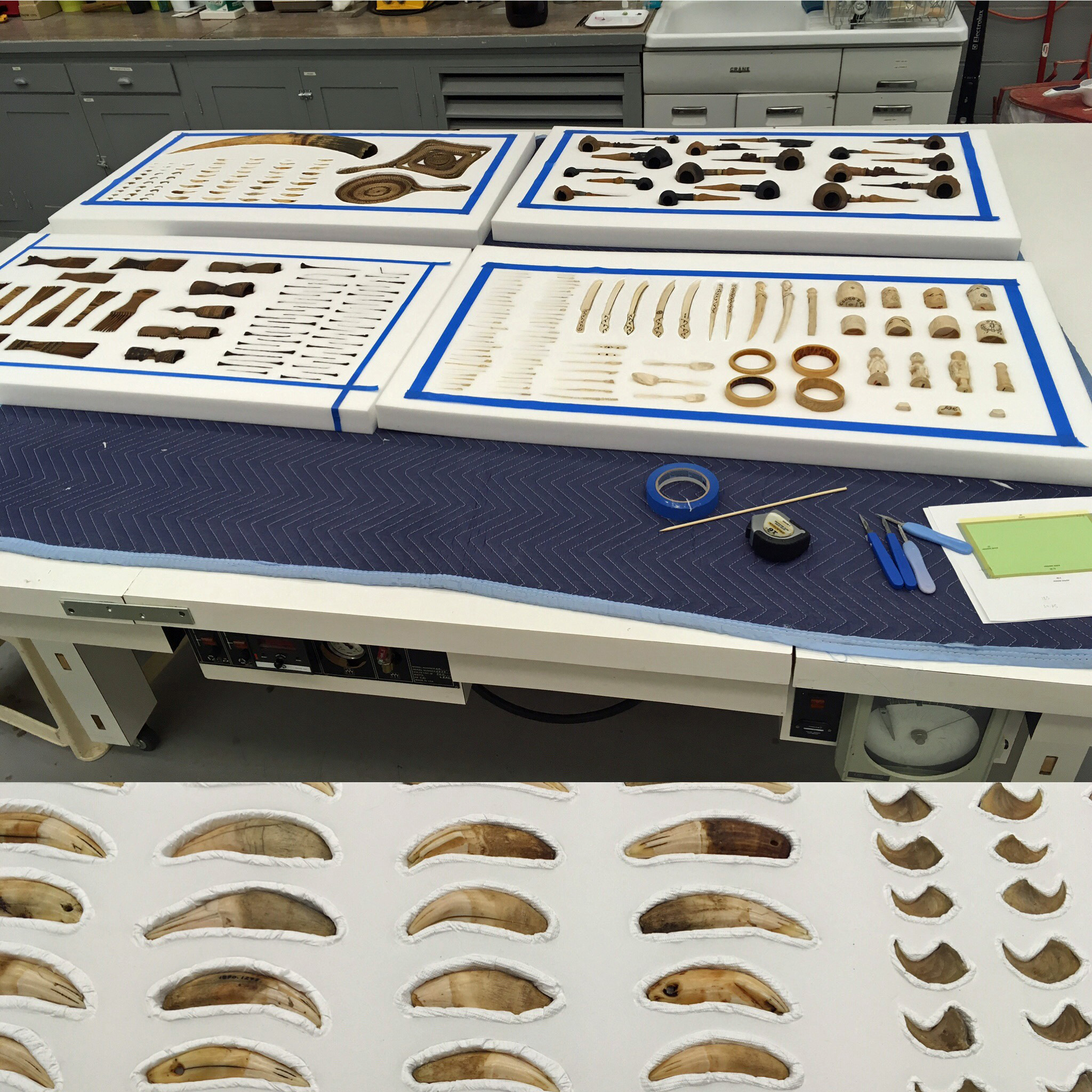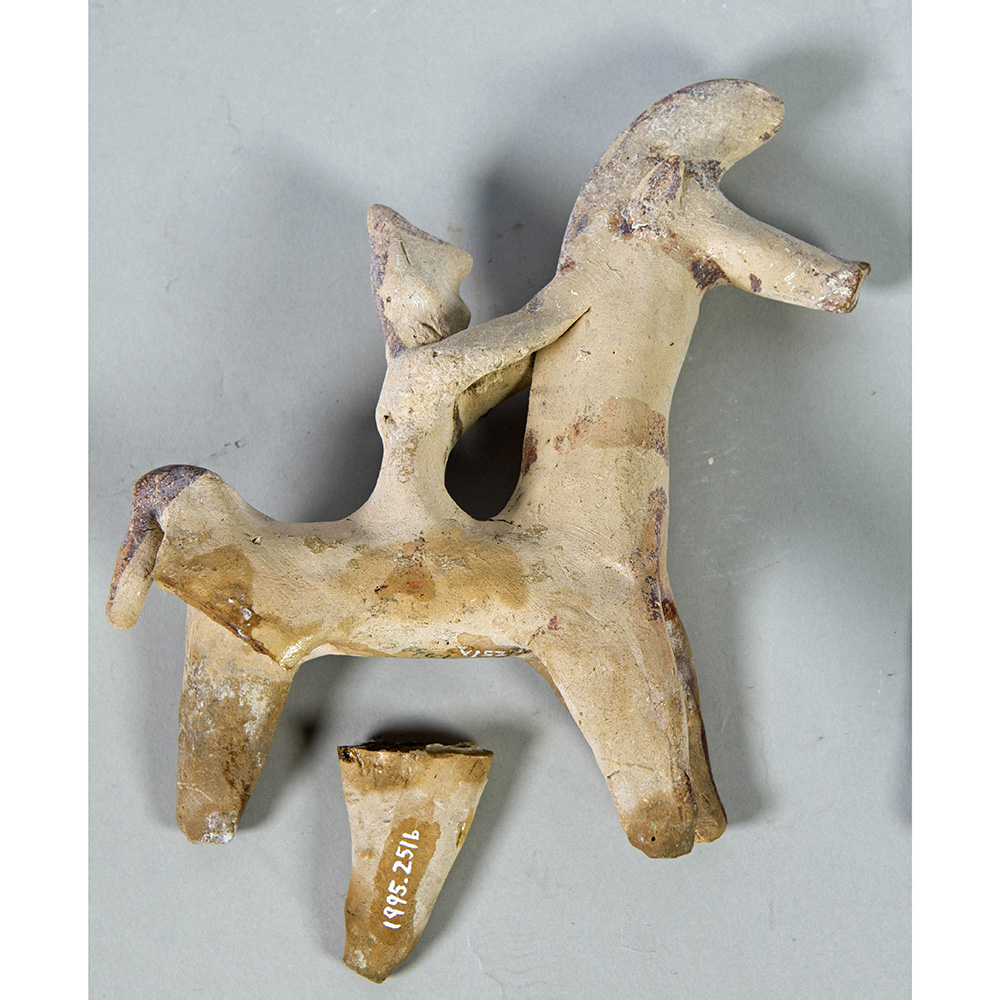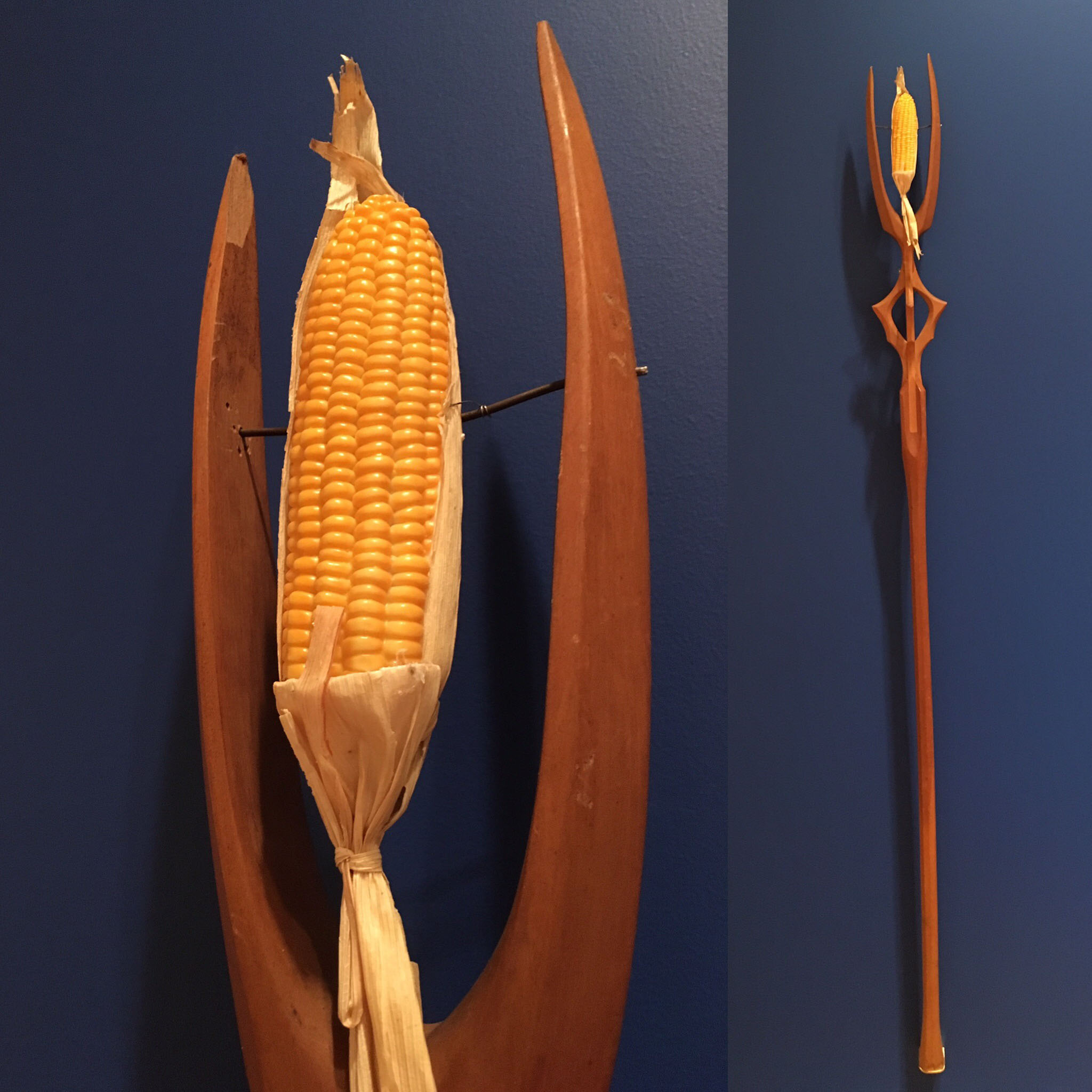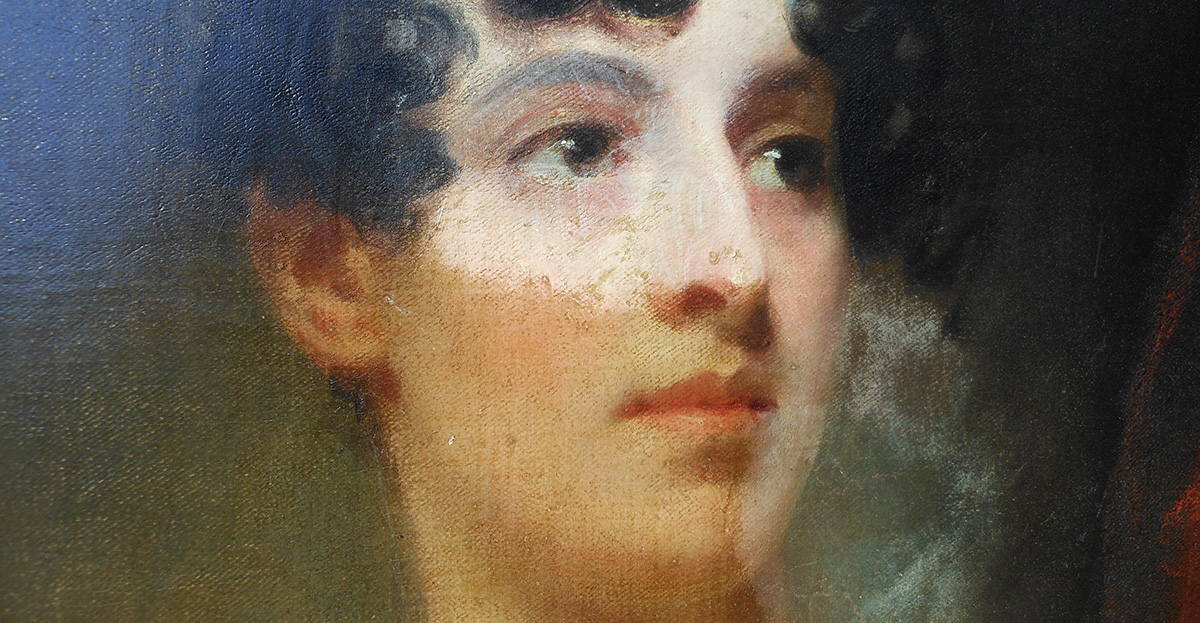- Art Home
- Exhibitions
-
Explore the Collection
- Explore the Collection Home
- African Art
- American Paintings, Sculpture and Drawings
- Contemporary
- Decorative Arts and Design
- East Asian Art
- European Paintings, Sculpture and Drawings
- Fashion Arts and Textiles
- Musical Instruments
- Indigenous American Art
- Photography
- Prints
- South Asian Art, Islamic Art and Antiquities
- Conservation
- Meet the Curators
- Digital Resources
- Events & Programs Home
- Calendar
- Accessibility
- Adults
-
Families & Teens
- Families & Teens Home
- 10x10 Teen Art Expo
- Art on the Rise
- Art Together: Art Making for Families with Children Ages 3–5
- Baby Tours
- Boy Scouts / Girl Scouts
- CAM Kids Day
- Choose Your Own Gallery Adventure
- Family Storytime and Gallery Walk
- Family Studio: Art Making for Families with Children Ages 6–12
- REC Reads
- Rosenthal Education Center (REC)
- See Play Learn Kits
- Summer Camp
- Teachers
- Community Outreach
- Fundraisers
- Plan Your Own Event

- Art Home
- Exhibitions
-
Explore the Collection
- Explore the Collection Home
- African Art
- American Paintings, Sculpture and Drawings
- Contemporary
- Decorative Arts and Design
- East Asian Art
- European Paintings, Sculpture and Drawings
- Fashion Arts and Textiles
- Musical Instruments
- Indigenous American Art
- Photography
- Prints
- South Asian Art, Islamic Art and Antiquities
- Conservation
- Meet the Curators
- Digital Resources
- Events & Programs Home
- Calendar
- Accessibility
- Adults
-
Families & Teens
- Families & Teens Home
- 10x10 Teen Art Expo
- Art on the Rise
- Art Together: Art Making for Families with Children Ages 3–5
- Baby Tours
- Boy Scouts / Girl Scouts
- CAM Kids Day
- Choose Your Own Gallery Adventure
- Family Storytime and Gallery Walk
- Family Studio: Art Making for Families with Children Ages 6–12
- REC Reads
- Rosenthal Education Center (REC)
- See Play Learn Kits
- Summer Camp
- Teachers
- Community Outreach
- Fundraisers
- Plan Your Own Event
Conservation
Conservation
- Home
- Plan Your Visit
-
Art
- Art Home
- Exhibitions
-
Explore the Collection
- Explore the Collection Home
- African Art
- American Paintings, Sculpture and Drawings
- Contemporary
- Decorative Arts and Design
- East Asian Art
- European Paintings, Sculpture and Drawings
- Fashion Arts and Textiles
- Musical Instruments
- Indigenous American Art
- Photography
- Prints
- South Asian Art, Islamic Art and Antiquities
- Conservation
- Meet the Curators
- Digital Resources
-
Events & Programs
- Events & Programs Home
- Calendar
- Accessibility
- Adults
-
Families & Teens
- Families & Teens Home
- 10x10 Teen Art Expo
- Art on the Rise
- Art Together: Art Making for Families with Children Ages 3–5
- Baby Tours
- Boy Scouts / Girl Scouts
- CAM Kids Day
- Choose Your Own Gallery Adventure
- Family Storytime and Gallery Walk
- Family Studio: Art Making for Families with Children Ages 6–12
- REC Reads
- Rosenthal Education Center (REC)
- See Play Learn Kits
- Summer Camp
- Teachers
- Community Outreach
- Fundraisers
- Plan Your Own Event
- Give & Join
- About
- Tickets
- Calendar
- Exhibitions
- Blog
- Shop
The History of Conservation at CAM
Conservation is the profession dedicated to preserving cultural heritage. The art conservators at the Cincinnati Art Museum attend to the stewardship of the collection.
In 1935, the Cincinnati Art Museum decided to establish “a department for the study and care of paintings of which Cincinnati… is urgently in need,” making the Conservation Department at the museum one of the oldest in America. It began with one part-time paintings conservator in 1935.
Conservation Today
Our conservation staff includes a paintings conservator, responsible for paintings on canvas and panel; a paper conservator, responsible for all works of art on paper, including prints, drawings, photographs, watercolors and pastels; a textile conservator, responsible for the textile and fashion collection, which includes rugs, tapestries, garments and accessories; and an objects conservator, responsible for a wide range of materials that can include stone, ceramic, glass, plaster, metals, wood, wax, leather, ivory and bone, among many others.
What Conservation Looks Like
To plan a treatment or simply to add to a body of research, conservators may investigate how a work of art is made and with what materials, performing technical and material analyses. Examinations using ultraviolet and infrared light, x-radiographs, microscopes, micro-chemical testing and micro-sampling, are just some of the analytical techniques that conservators use. Such an examination can provide a great deal of information and can help to decide how, or even if, a particular work will be treated. Likewise, art historical research and collaboration with the curator can also be useful, especially when it comes to deciding how a vase, print, tapestry or altarpiece should look after treatment.
Conservators also perform preventative conservation, attending to the matters in a museum that can impact the preservation of the collection as a whole. The proper temperature, relative humidity and light levels in gallery and storage spaces are key in preventative conservation. Also important are issues like pest control, gallery layout, proper handling, packing and storage methods, crating and wrapping materials. Conservators collaborate with many other departments in the museum to insure that these and other preventative measures are taken to protect the collection.
See Conservation in Action on our Blog
Conservation Resources
In the past, many art conservators trained through apprenticeships with established conservators. Art conservators today primarily receive their training through a graduate program, completing their degree as specialists in paintings, objects, paper or textiles.
While there are training programs abroad, there are just four art conservation training programs in North America: Institute of Fine Arts, New York University; State University of New York, Buffalo; University of Delaware, Wilmington; and Queen’s University in Kingston, Ontario. Each program accepts six to ten students a year and range from two to four years in length. Included in all the graduate training programs is some form of internship for course credit. Successful applicants to the programs generally have an undergraduate degree in art history, studio art or chemistry, and extensive coursework in all three subjects. Most applicants also have some volunteer experience with one or more conservators, what is called “pre-program internship” service. A studio art and/or conservation portfolio is required with the graduate school application.
After graduation, conservators often work in temporary fellowships at one or more museums as they gain practical and institutional experience. A recent graduate might also choose to develop a focus in their specialty at this time, such as conserving only archaeological or only ethnographic objects, or working only on modern and contemporary paintings. Alternatively a program-trained paintings, objects, paper or textile conservator can choose to work at a regional conservation center, or to join or establish a private conservation practice. Works in private collections or in smaller institutions that have no staff conservators are usually cared for by a private conservator or at a regional center.
The national organization for conservation professionals has a referral service for finding a conservator by specialty and by location.
The American Institute for Conservation of Historic & Artistic Works
1156 15th Street NW, Ste. 320 Washington, DC 20005
(202) 452.9545
(202) 452.9328 fax
Regional centers for conservation are non-profit businesses that conserve the collections of a consortium of member institutions, and offer their services to the general public as well. There is one regional center in Ohio:
Intermuseum Conservation Association
2915 Detroit Avenue Cleveland, OH 44113
216.658.8700
216.658.8709 fax
Related Blog Posts
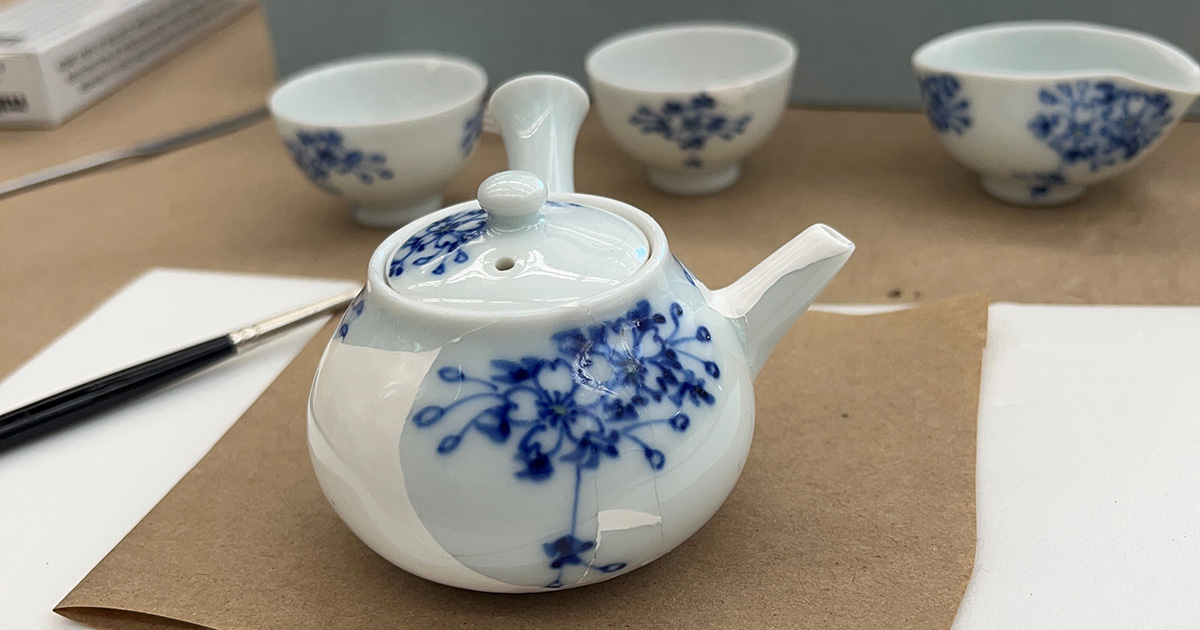
Header Image: American School, Friedrich Billiods (detail during treatment), Circa 1847-Circa 1849, oil on canvas, Gift of Cornelius Hauck, 2013.166
Cincinnati, OH 45202
Toll Free: 1 (877) 472-4226
Museum Hours
Museum Shop
Terrace Café
Library
The Cincinnati Art Museum is supported by the generosity of tens of thousands of contributors to the ArtsWave Community Campaign, the region's primary source for arts funding.

Free general admission to the Cincinnati Art Museum is made possible by a gift from the Rosenthal Family Foundation. Exhibition pricing may vary. Parking at the Cincinnati Art Museum is free.
Generous support for our extended Thursday hours is provided by Art Bridges Foundation’s Access for All program.

General operating support provided by:



